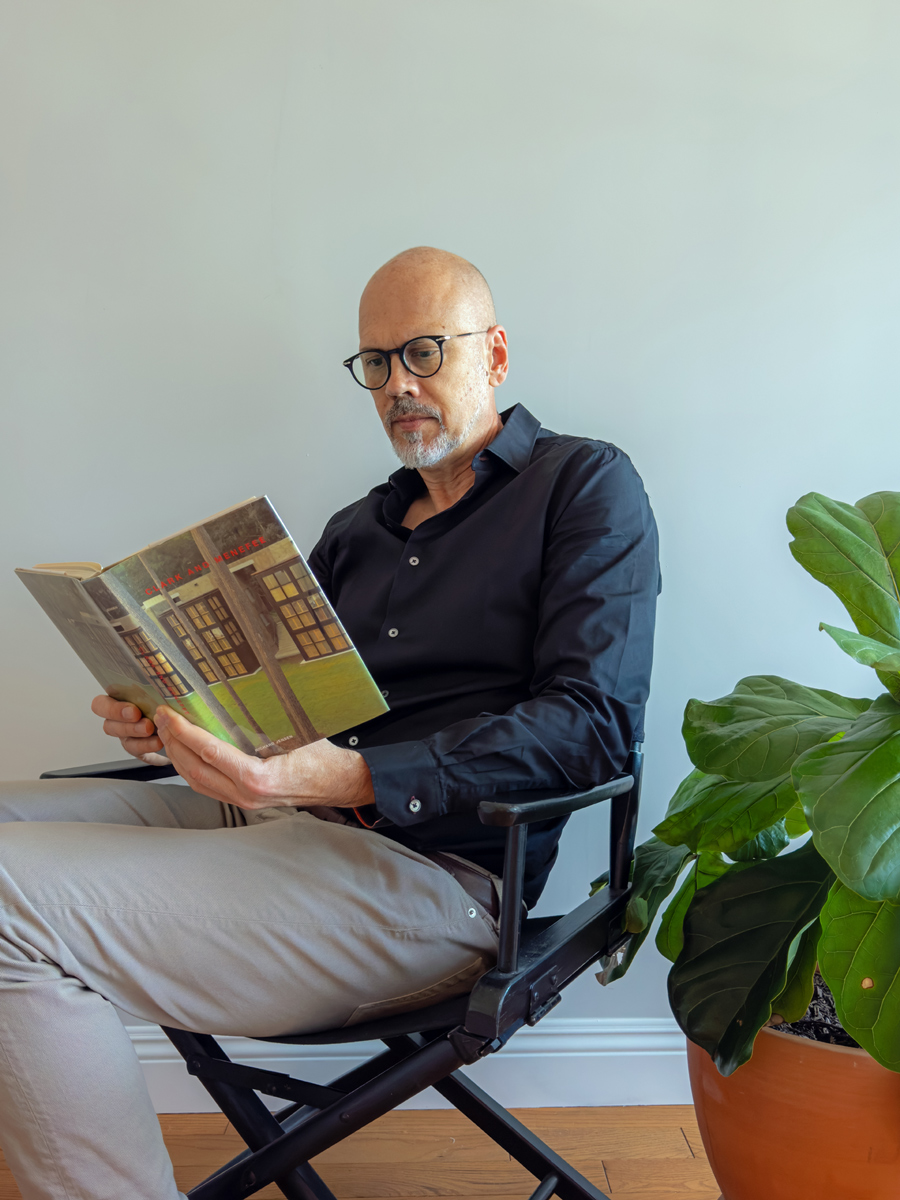

We recently had the chance to connect with David Kennedy and have shared our conversation below.
David, so good to connect and we’re excited to share your story and insights with our audience. There’s a ton to learn from your story, but let’s start with a warm up before we get into the heart of the interview. What is something outside of work that is bringing you joy lately?
Whenever I have the opportunity, I plan exploration trips into the mountains of the Pacific Northwest and Northern California—the Cascades, Olympics, Wallowas, Trinity Alps. The severity and remoteness of these landscapes are sublime, and these excursions give me extended time with my adult children.
This past June, my youngest son Camden, my daughter Fiona, and I spent a weekend on Unicorn Peak in the Tatoosh Range of Rainier National Park. It was the first weekend the road access wasn’t blocked by snow. Low clouds clung to the mountains, randomly depositing a mix of rain and snow—the contrast with Southern California June days was exhilarating. The connection time with my family was priceless.
Can you briefly introduce yourself and share what makes you or your brand unique?
My design practice, David Kennedy Architect, focuses on creating meaningful spaces where people live and interact—personal homes, inspirational lodging, immersive dining, and multi-family communities. We develop all aspects that shape the experience of a space in a unified way: architecture, interiors, and landscape. A core principle is blurring the boundaries between inside and outside to create connection with the surrounding environment and reinforce people’s relationship to nature.
Right now, we’re working on rebuilding projects within the Palisades and Eaton wildfire areas, where homeowners face limited budgets due to insurance shortfalls. These constraints require creative problem-solving—simplifying construction while introducing spatial relationships and focused design details that make each home special. We also have a steady flow of renovations that update older homes to current lifestyles and aesthetics while honoring their original character. Add larger luxury homes and landscapes plus restaurant and hotel renovations, and our practice spans an exciting range of work.
Amazing, so let’s take a moment to go back in time. What relationship most shaped how you see yourself?
Like most people who have found their life partner, I share a deep connection and common worldview with my wife. But what makes this relationship truly transformative is that she has also presented me with the biggest challenges to my self-perception—in the best ways possible.
She holds up the mirror so I can see and confront my shadow aspects, the parts of myself I might otherwise avoid or rationalize away. This hasn’t always been comfortable. There have been moments of resistance, defensiveness, even frustration. But she does it with love and patience, never as criticism but as invitation—an invitation to grow, to be more honest, to become a fuller version of myself.
The impact has been profound. Over time, I’ve seen improvements ripple through every part of my life: better physical health, deeper relationships with family and colleagues, and a more balanced and focused approach to my practice. I’ve learned that the spaces I design for others—spaces that encourage connection, honesty, and presence—require that I cultivate those same qualities in myself. She’s been my most important teacher in that ongoing work.
What did suffering teach you that success never could?
I’ve learned that success is really the end result of enduring life’s hardships. Success doesn’t arrive without failure—without the stumbles, the miscalculations, the projects that didn’t work, the relationships that fractured. What suffering teaches you is how to metabolize those experiences, to extract something useful from them rather than just carrying the weight.
Early in my career, I thought I could eventually master the formula—that one day I’d finally “ace” the course of life and avoid future mistakes. I’m pretty sure now that will never happen. And strangely, there’s freedom in that realization. Once you stop expecting perfection, you can focus on building the capacity to recover, adapt, and keep moving forward.
Suffering has taught me the value of tenacity—not the dramatic, heroic kind, but the quiet, daily kind. Good habits. Physical exercise. Showing up even when you don’t feel inspired. Most importantly, it’s taught me to push my comfort levels and seek opportunities in challenging situations. When a client’s budget gets cut in half or a design concept falls apart, that constraint often leads to a more innovative solution than I would have found in easier circumstances.
Success feels good, but it doesn’t reveal much. It’s suffering—the slow, grinding kind and the sudden, devastating kind—that shows you what you’re actually made of, and more importantly, what you’re capable of becoming.
So a lot of these questions go deep, but if you are open to it, we’ve got a few more questions that we’d love to get your take on. How do you differentiate between fads and real foundational shifts?
The design industry constantly churns out trends that become “markers” of relevance—signals that a project is current, aware, plugged in. Implementing the latest Pantone Color of the Year or applying “waterfall” details to countertops might give a project a contemporary look, but the overall effect can end up feeling staid and shallow, even dated within a few years.
I’ve learned to ask a different question: What is this project actually trying to do? What experience are we creating for the people who will live or gather here? When you start with experiential goals—how a space should feel, how light should move through it, how materials should speak to one another—you’re working from a foundation that transcends trends.
Real foundational shifts change how we think about those core questions. The blurring of indoor and outdoor living isn’t a trend—it’s a fundamental rethinking of how we relate to our environment, driven by both climate awareness and a hunger for connection to nature. Adaptive reuse of older buildings isn’t trendy—it’s a necessary response to sustainability imperatives and cultural preservation. These shifts have staying power because they’re rooted in genuine human needs and environmental realities, not just aesthetic novelty.
Like a museum curator assembling an exhibition, a good architect selects design elements that tell a coherent story. Some of those elements will certainly be current—I’m not advocating for ignoring what’s happening in the field. But they’re introduced in service of the larger vision, not as decoration. A trending detail becomes meaningful when it reinforces the intended dynamic of a space rather than simply announcing its own contemporaneity.
The test I use: Will this choice still convey the intended message in twenty years? Not necessarily still be fashionable, but still make sense—still serve the space, still honor the experience we’re trying to create. If the answer is no, it’s probably a fad.
Before we go, we’d love to hear your thoughts on some longer-run, legacy type questions. What is the story you hope people tell about you when you’re gone?
I don’t think much about my individual legacy—at least not in the conventional sense. What matters to me is being remembered by family and friends as someone who was present for them, who showed up. Beyond that, I hope the work itself continues to speak.
My goal has always been to create spaces that enchant people over time, that reveal themselves slowly rather than exhaust their charm in the first encounter. There’s a particular pleasure in hearing someone gush about a hotel they stayed at, only to learn later that I had a part in designing it. Or hearing a homeowner proudly describe the entry to their home twenty years after we completed it, still delighted by its restrained and dignified formality.
Those moments confirm something essential: that good design transcends its creator. The building or space becomes part of someone else’s story—the backdrop to their morning coffee ritual or the room where they felt most themselves. When that happens, my authorship becomes irrelevant. The space has its own life.
If there’s a story I hope gets told, it’s not about me at all. It’s about the spaces themselves: “That place inspired my view to glass art,” or “I’ve never felt more at home anywhere.” That would be enough.
Contact Info:
- Website: https://www.davidkennedyarchitect.com
- Instagram: https://www.instagram.com/davidkennedyarchitect/?hl=en
- Linkedin: https://www.linkedin.com/in/david-kennedy-99ab8b8/
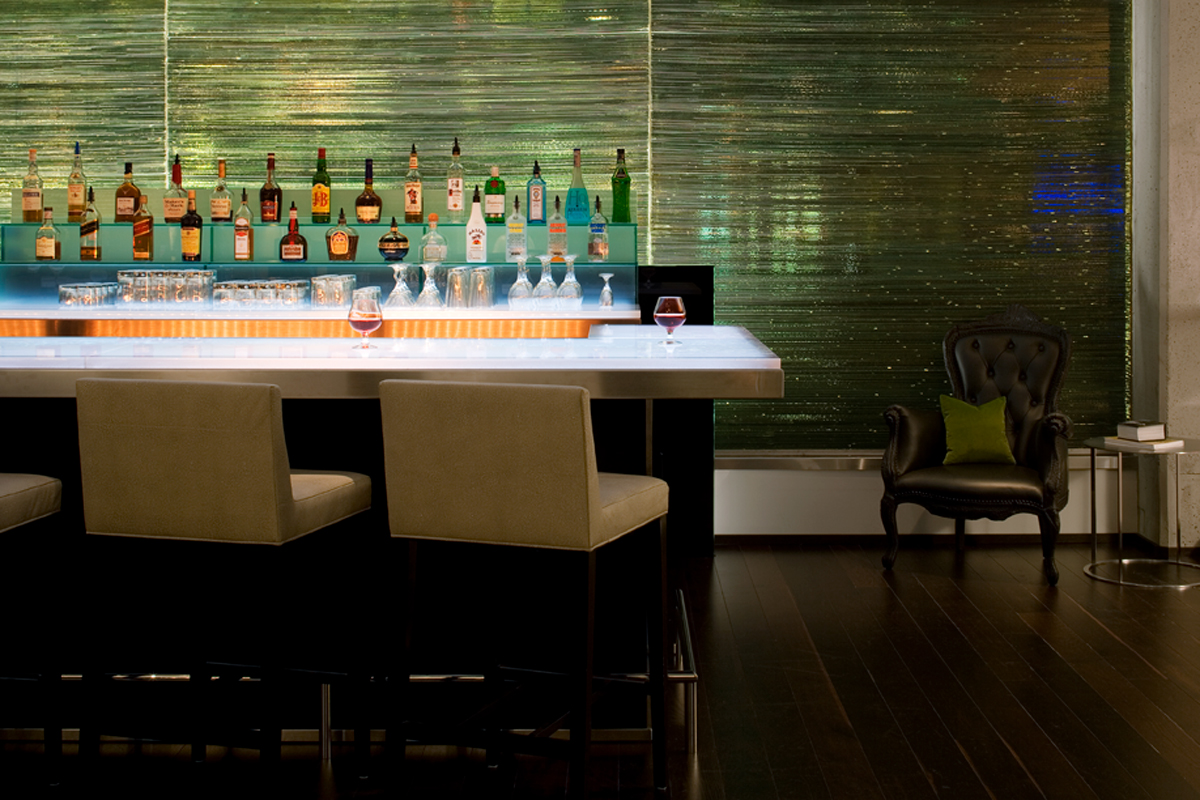
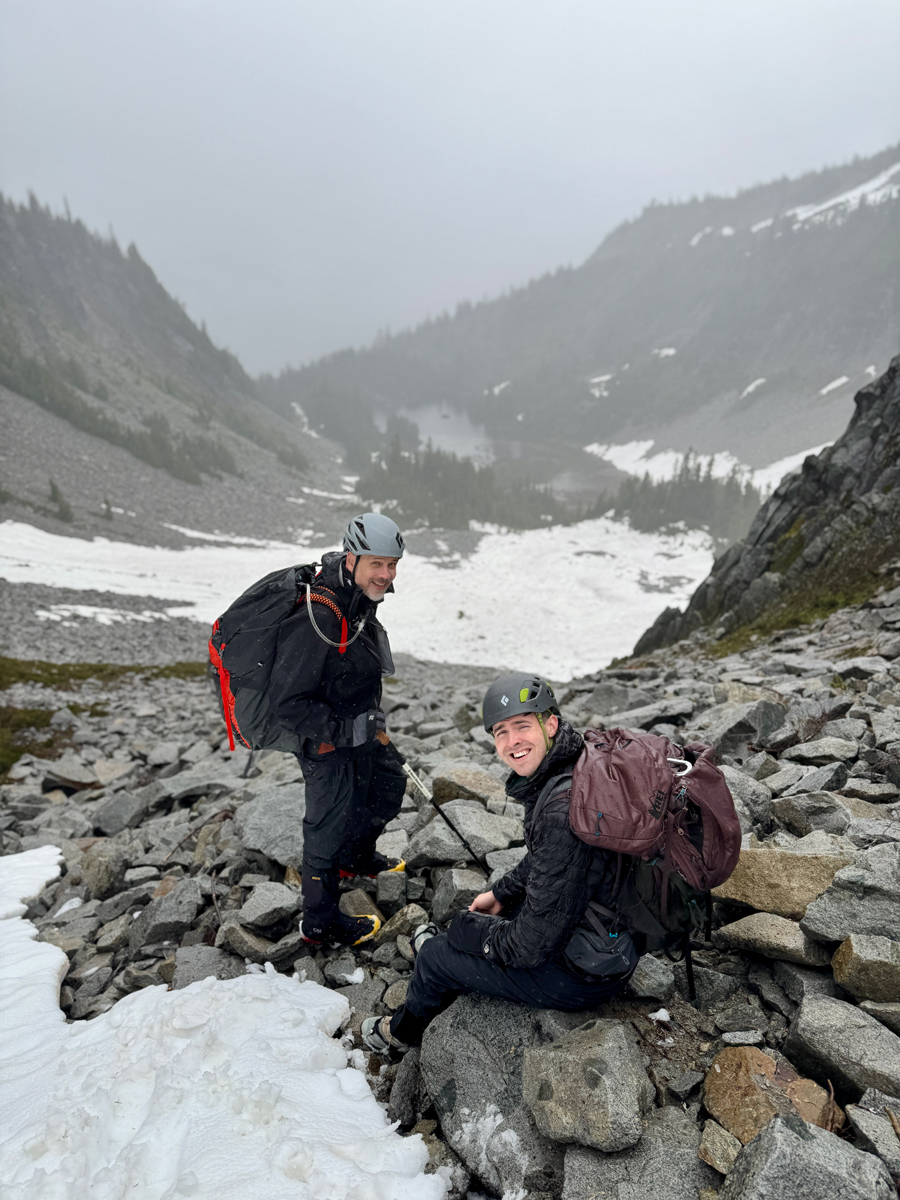
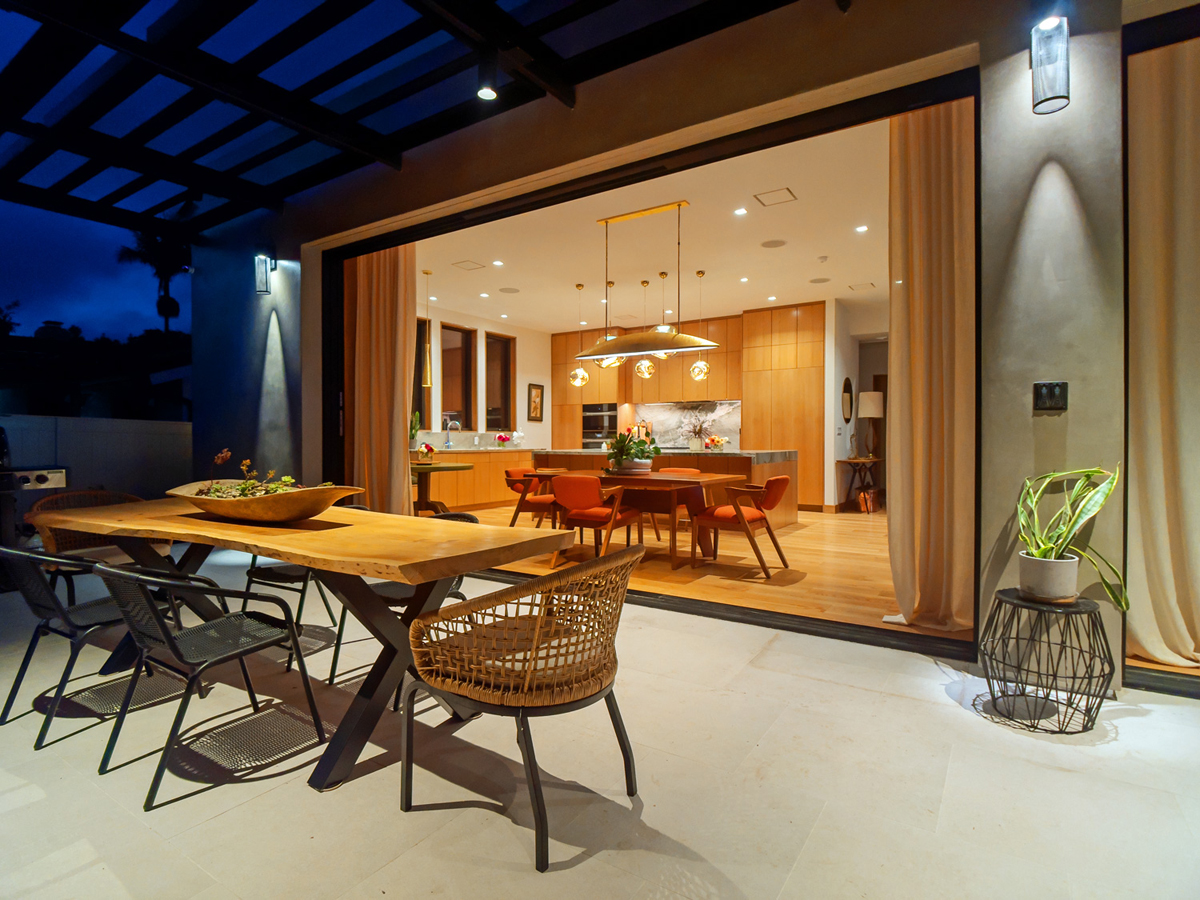
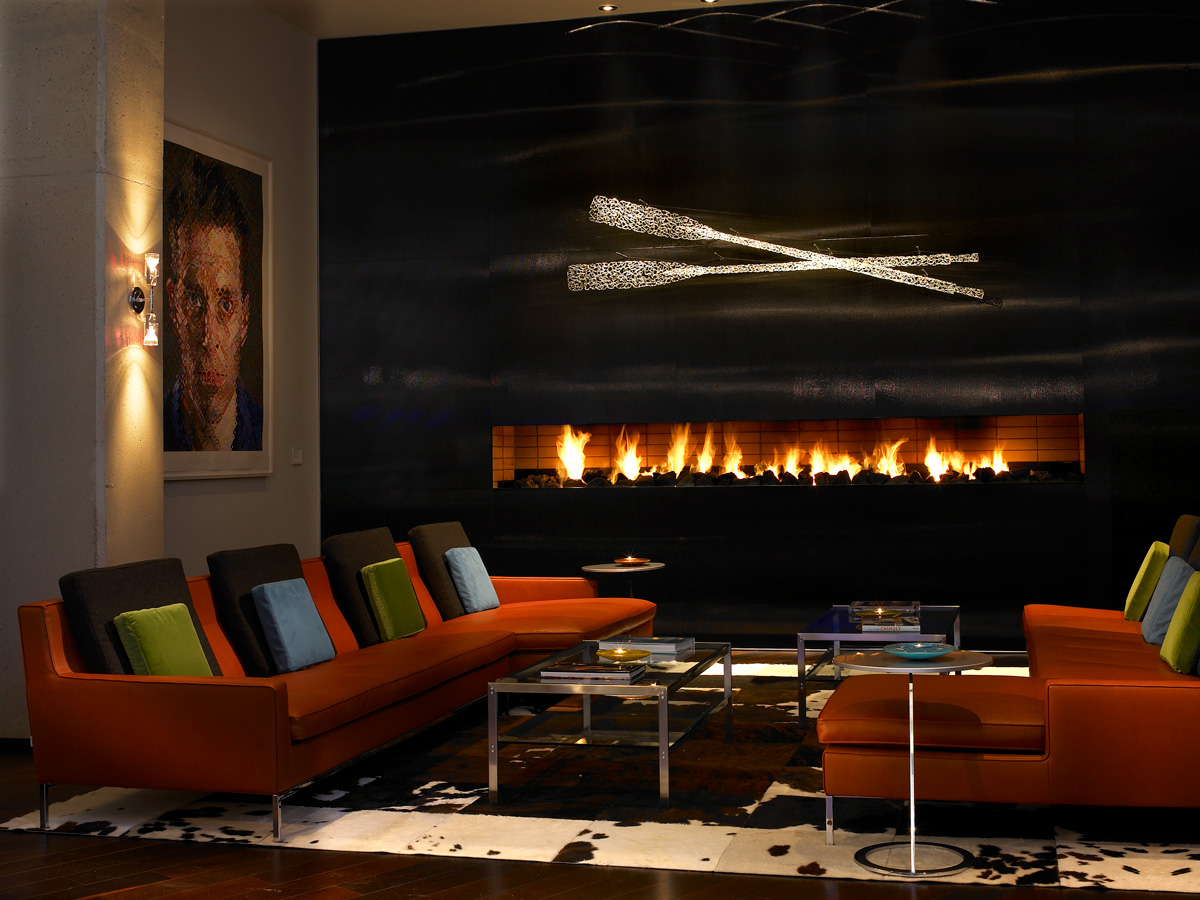
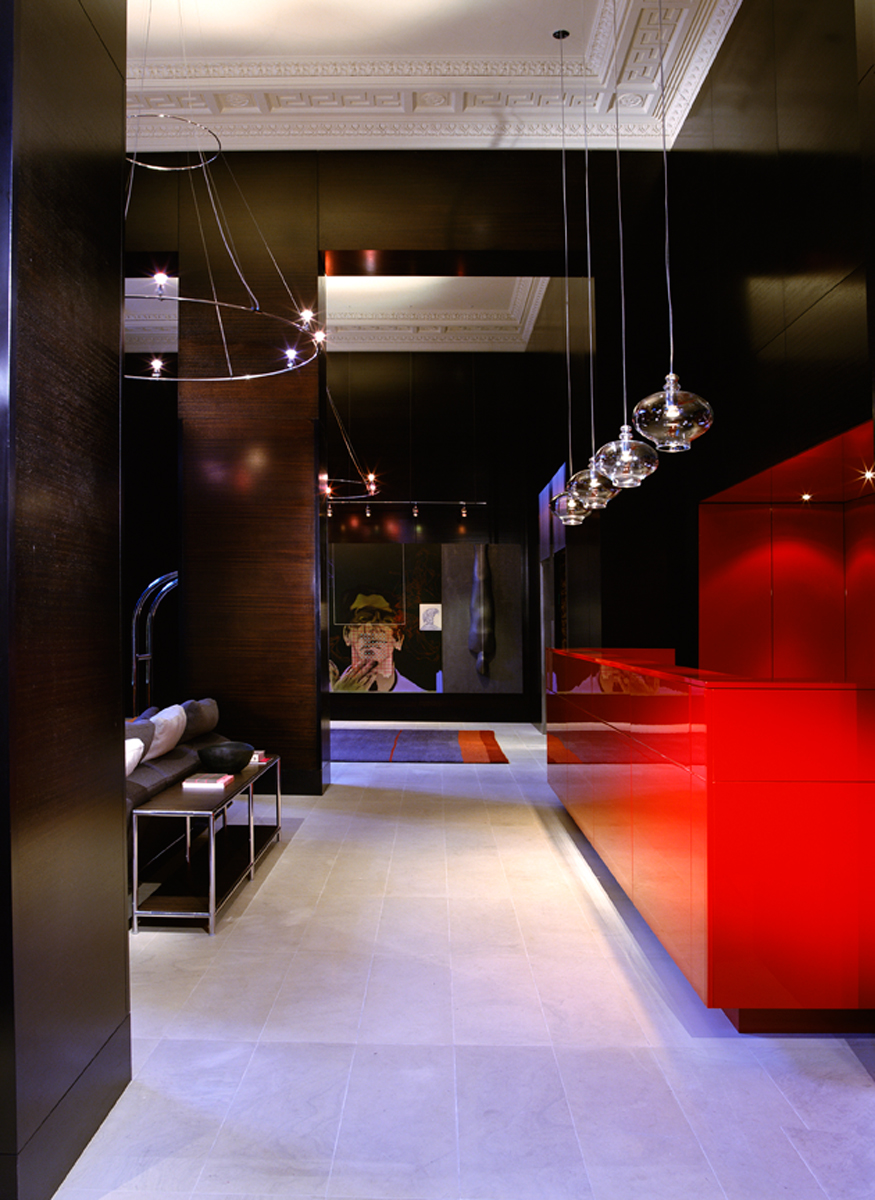
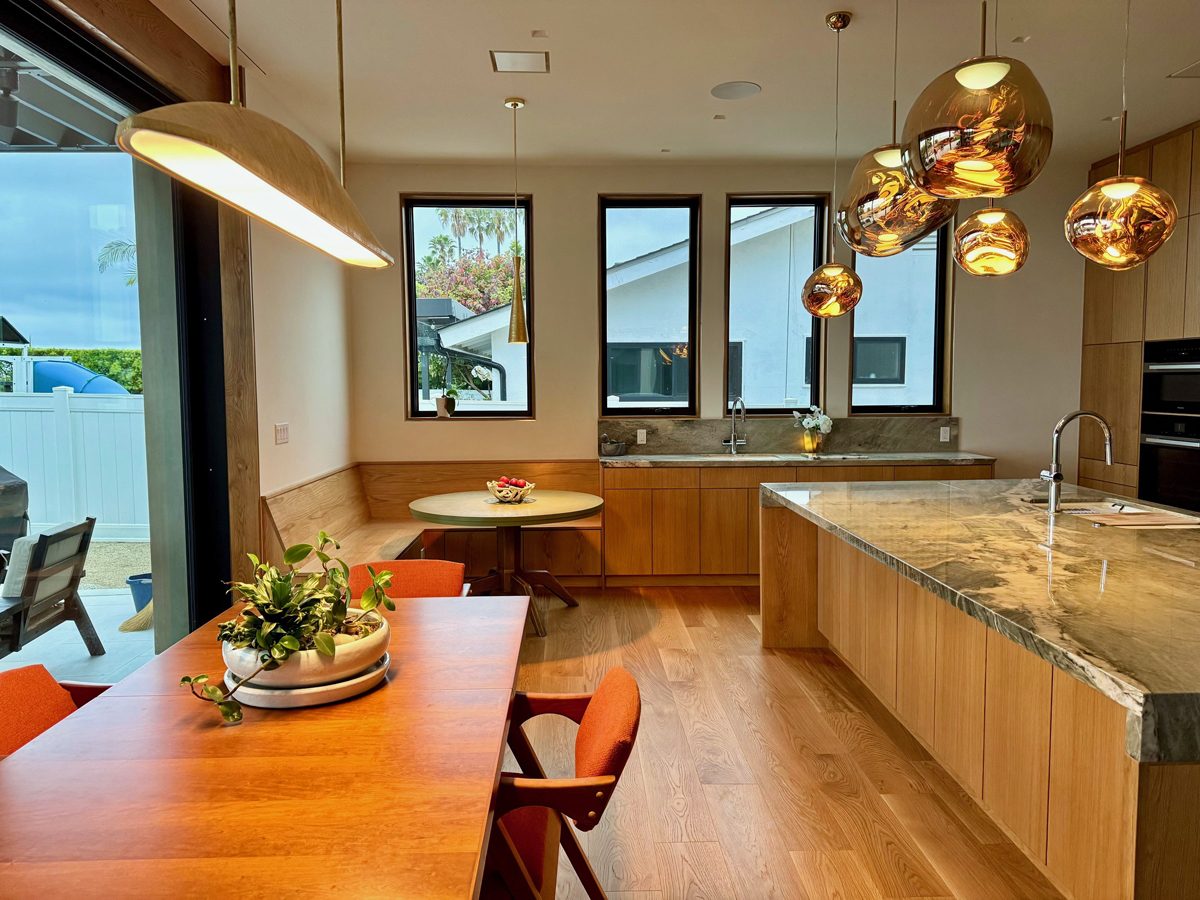
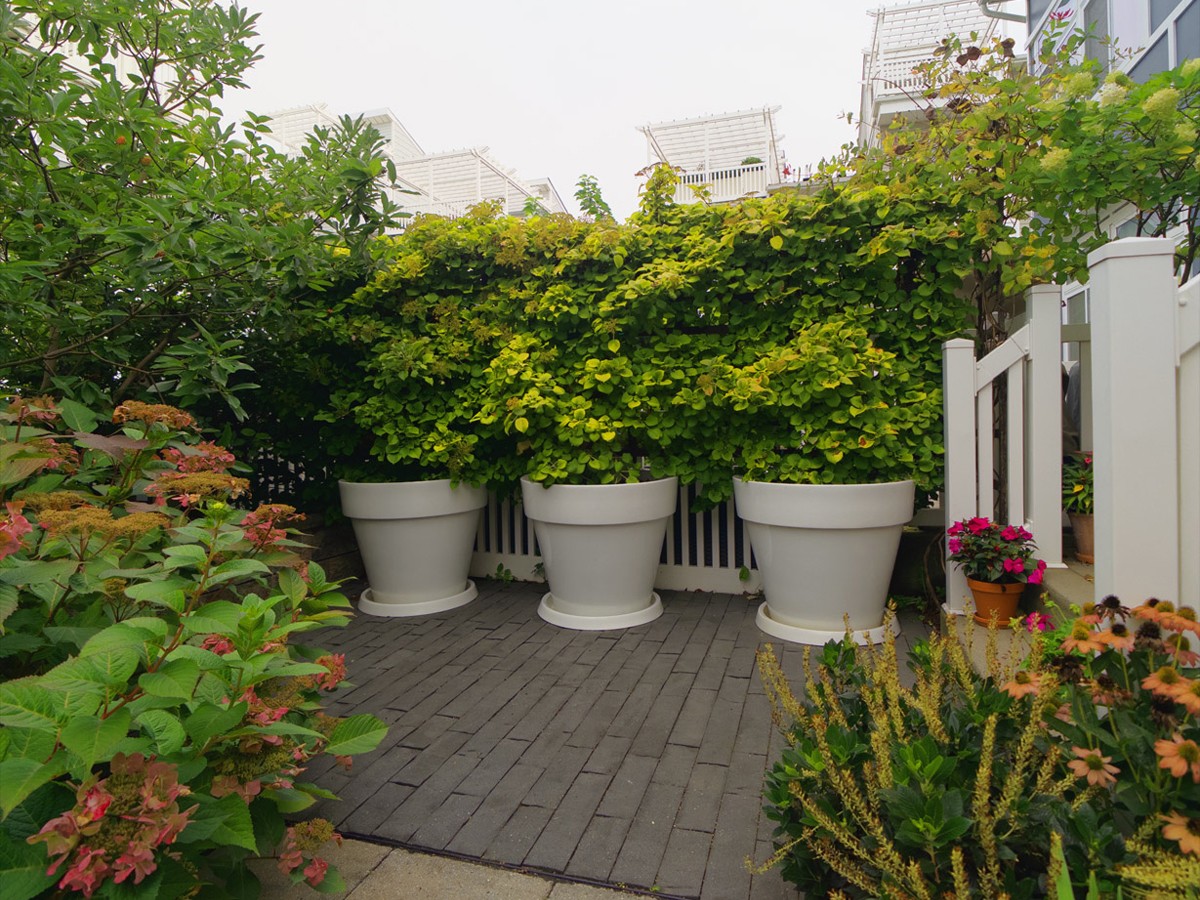
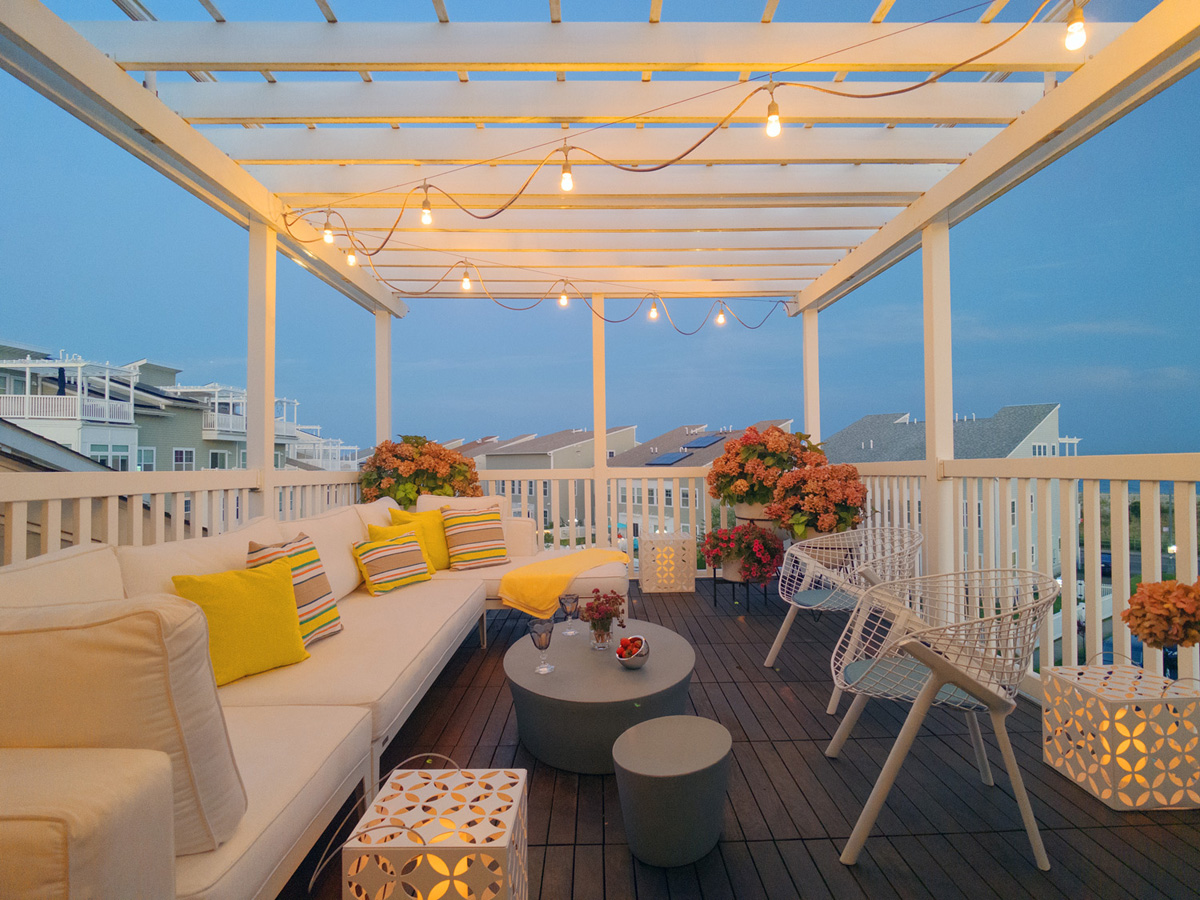
Image Credits
David Phelps (lobby bar, fireplace, Hotel Max)














